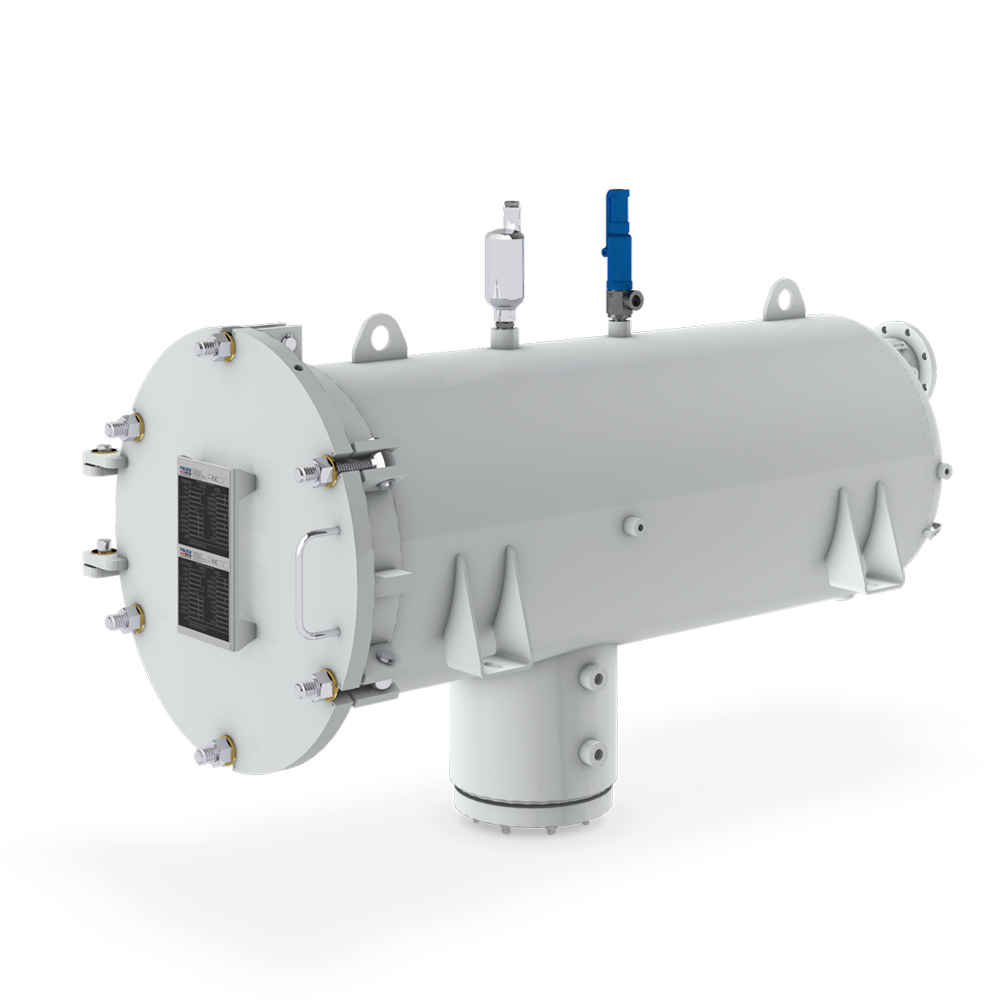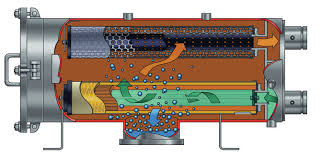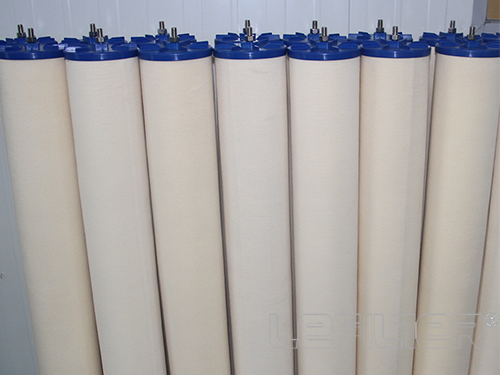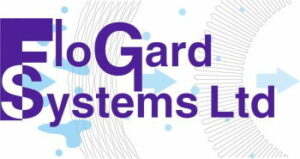Coalescer

Typical coalescer cartridge construction
The construction and design of a typical filter / coalescer cartridge is shown here.
These filters can remove contaminants from compressed air systems and liquids like fuel.
For air systems, they’ll remove moisture from the airflow. The filter will prevent lubricants, water and oils from building up in the system. This means the system will work more efficiently and require less cleaning and maintenance.
For liquid systems like fuel containers, coalescer filters will remove water. This means that the fuel will run more efficiently. They’re used in many systems, including vehicles, generators and even airplanes.
Liquid contaminants will collect on the coalescing media. This creates larger droplets that eventually become large enough to drop and fall into the drainage system. They’ll also collect any solid contaminants that could end up clogging the system.


MECHANISMS OF COALESCENCE
The mechanism of coalescence is different from that of filtration, because the particles of water do not permanently attach themselves to the fibres. Provided that the fibres are of the correct size, density, and material, a water particle that has become attached to a fibre will gradually slide along the fibres in the same direction as the flow until, as shown below, it meets an obstruction such as an intersection of fibres.
WATER PARTICLES IN COALESCENCE
The water particle will momentarily be held at this point until other particles following the same or adjoining fibres merge in turn to form an increasingly larger droplet. As the droplet increases in size the flow around it will be imposing higher and higher forces at its surface (viscous drag) until, at some critical point, the droplet is torn away to follow another fibre and collides with another intersection and the process is repeated.
THE FINAL STAGE OF COALESCENCE
By the time it arrives at the final layer of the fibrous wrap, the droplet will have been enlarged by the merging of possibly hundreds of original tiny particles, and when it is finally torn from the fibrous medium it is confronted by yet another obstruction – the cotton sock wrapped around the outside of the cartridge.
The majority of water droplets will, by this time, be too large to pass directly through the small holes in the sock, and they will be held against its inside surface until further droplets collide and merge causing further enlargement. Eventually, the large droplet will be forced through the sock in the form of an elongated tube of water, which regains its spherical shape immediately after ejection from the sock and sinks to the bottom of the filter/separator unit.
Contact Flogard Systems
Contact Flogard Systems for all the information on our services and products. We work with our clients to achieve the perfect end goal.
